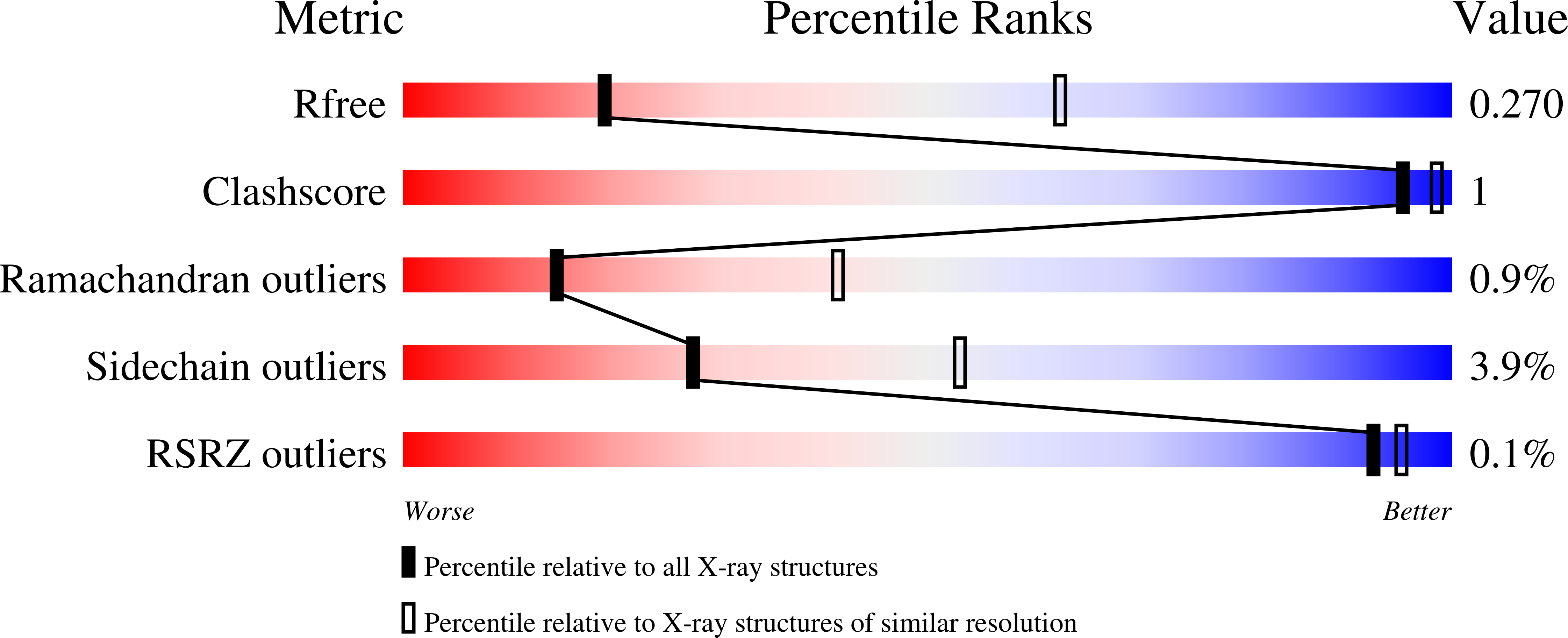
Deposition Date
2025-02-21
Release Date
2025-07-09
Last Version Date
2025-07-16
Entry Detail
PDB ID:
9NFR
Keywords:
Title:
Crystal structure of CRBN-DDB1 and MRT-23227 in complex with VAV1
Biological Source:
Source Organism:
Homo sapiens (Taxon ID: 9606)
Host Organism:
Method Details:
Experimental Method:
Resolution:
3.40 Å
R-Value Free:
0.27
R-Value Work:
0.21
R-Value Observed:
0.21
Space Group:
P 61 2 2


